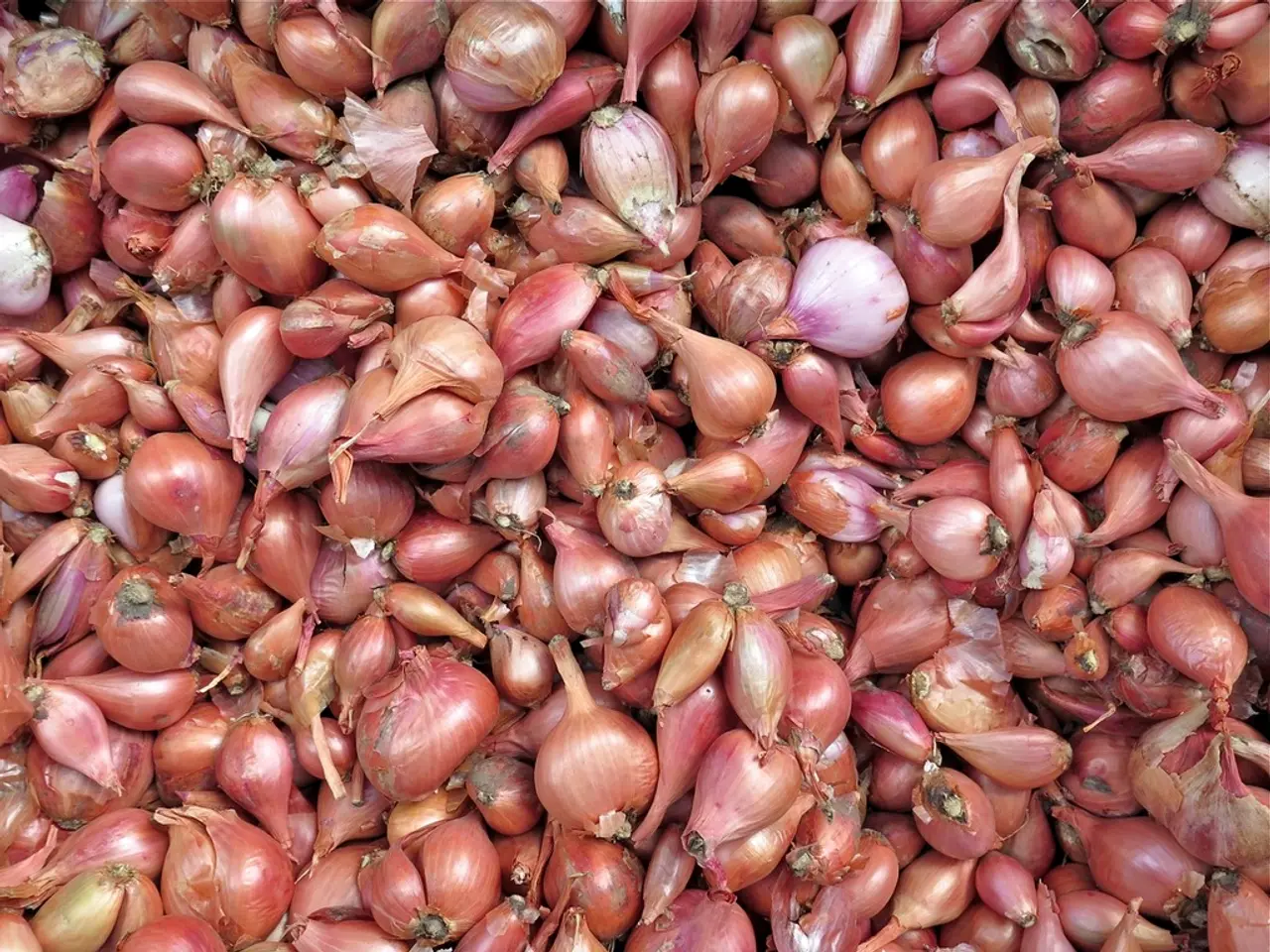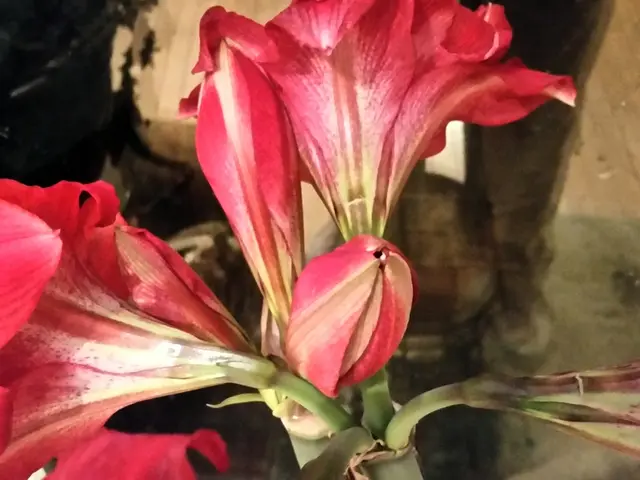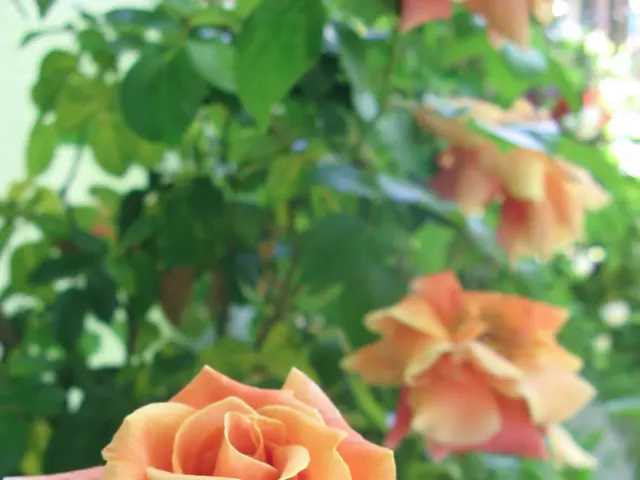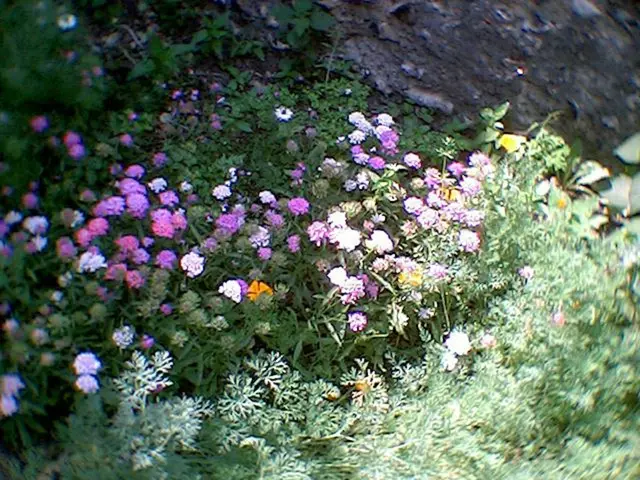Planting Onions in Central Florida: Ideal Timeframes and Advice for a Successful Crop
Hey there, plant enthusiasts! Today we're chatting about growing onions in sunny Central Florida. Our very own gardening guru, Glen, has 15 years of experience under his belt and shares his knowledge through this blog. Here's the lowdown on planting, caring for, and storing onions in our tropical climate.
When's the best time to plant onions?
Answer: Glen recommends planting onions from September to December, as short-day varieties like Granex White, Granex Yellow, and Red Creole perform best in our local environment.
Choosing the right varieties and preparing the soil
Onions thrive in well-draining soil and full sun. In Central Florida, short-day varieties are your best bet since they require around 10-12 hours of daylight to form bulbs. You can start seeds indoors about six weeks before transplanting to head off any weather surprises, and to minimize frost damage during the cooler months. Adding a generous amount of compost or well-rotted manure to the soil improves its structure and nutrient content, aiding in healthy growth.
Harvesting and storing onions for optimal freshness
Knowing how to properly harvest and store onions ensures you enjoy fresh bulbs for months. Wait for the tops to yellow and fall over (about half the leaves have died back) before harvesting. Try to harvest on a dry day to prevent excess moisture and potential diseases. Once pulled out, let them sit on the soil surface for a few hours to dry before storing. Curing onions is crucial to toughen the outer skin and extend their shelf life; lay them out on mesh racks in a shaded, well-ventilated area for two weeks. Once cured, trim the roots and cut the tops, leaving about an inch of stem. Store the onions in a cool, dry place with good airflow to inhibit fungal growth. Avoid plastic bags as they trap moisture.
Going the extra mile:
For a more productive and longer-lasting onion crop, consider planting larger onion seeds for easier emergence, spacing seeds about 4 inches apart, using a cardboard spacer, and planting in companion with carrots, beets, cabbage, lettuce, parsnips, tomatoes, marjoram, savory, and rosemary. Avoid planting onions near asparagus, beans, sage, and peas, as they may stunt their growth or affect flavor.
After selecting the suitable varieties like Granex White, Granex Yellow, and Red Creole, prepare the soil well-draining and filled with compost or well-rotted manure for an easier growth process of onions. For optimal freshness, wait for the tops to yellow and fall over, then harvest on a dry day and let them cure for two weeks on mesh racks in a shaded, well-ventilated area before storing at a cool, dry place with good airflow.








